The most practical way to improve practice efficiency
Originally published in OVMA Focus Magazine July/August 2025
BY GREG TONER
At a high level, there are three ways to maintain the viability of a veterinary practice when faced with increasing costs: raise your prices, see more clients or be more efficient.
Over the last year, pet owners have become increasingly price sensitive, so raising prices is a challenge. Seeing more clients isn’t always feasible— at the time of writing, we’re seeing a softening of demand for veterinary care in many markets across Canada.
So, what’s left? Be more efficient. How? With better standard operating procedures (SOPs) and actively work to make them better.
SOPs provide a roadmap for consistency, efficiency and quality, serving as the backbone for any successful practice. They outline the best-known methods to accomplish specific tasks, ensuring that all staff are aligned in their approach, and they work seamlessly together to support the rest of the team in providing care to the pets and pet owners that you’re serving.
SOPs bring consistency to practice operations. When everyone in the organization follows the same processes, the output is more predictable and reliable. This means that the practice owner, manager or veterinarians won’t get pulled into every case or issue with a mild case of ambiguity. Without standard procedures, performance can be highly variable, leading to mistakes, inefficiencies and customer dissatisfaction.
They also streamline workflows by eliminating guesswork. Employees know exactly what steps to follow, which reduces the time spent figuring out how to complete a task. This improved clarity increases productivity and allows practices to operate more efficiently. Additionally, when processes are standardized, it becomes easier to identify and eliminate bottlenecks, further boosting overall performance. Organizations that prioritize efficient procedures often find they can do more with fewer resources, improving their bottom line.
Standard operating procedures are valuable when it comes to training new employees. Clear, well-documented SOPs enable faster onboarding because new hires can quickly understand what’s expected of them. Rather than relying on ad-hoc explanations from colleagues, which may vary greatly, new employees have a consistent, reliable source of information to guide their actions. This helps reduce the learning curve and ensures that new team members integrate into the organization smoothly and effectively.
They also lay the foundation for continuous improvement initiatives. By documenting the current best way of doing things, businesses have a benchmark to measure against when seeking enhancements. SOPs can be reviewed and updated regularly based on new learnings, feedback and changing environments. This systematic approach to refinement ensures that the organization evolves intelligently rather than chaotically.
There are many headwinds in the veterinary industry, and practices need to adapt to remain viable businesses. The most feasible way to do that in the current climate is to improve efficiency. Review your SOPs, update those that are out of date, and make sure your whole team is on board. It might be uncomfortable at first, but when everyone knows what they’re supposed to do and what they can expect from the rest of the team, practices run smoother.
Greg Toner, CPA, CA, TEP, CLU, is principal at VetCPA.
Reprinted from the Ontario Veterinary Medical Association’s Focus magazine www.ovma.org
